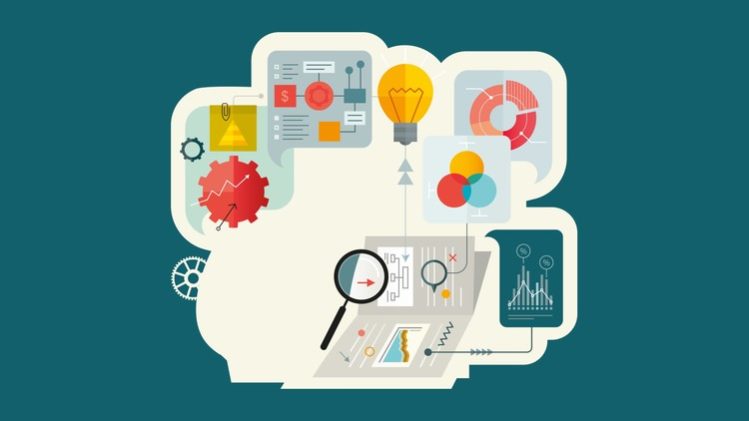This course has just one goal: to prepare you to pass the Tableau Specialist exam. The course includes
-
A downloadable study guide with notes and links
-
Information about taking the Specialist exam at home with a remote proctor
-
Videos covering the Specialist topic areas:
-
Connecting to & Preparing Data
-
Exploring & Analyzing Data
-
Sharing Insights
-
Understanding Tableau Concepts
-
-
Two self-scoring full-length practice exams with solution guide
-
An instructor ready to answer your questions!
Introduction
Structure of the course
What's it like to take the exam?
What are the steps to take the exam?
What if I don't pass the first time?
Essential Downloads: Study Guide & Data Used in the Course
Connecting to & Preparing Data
• Create a live connection to a data source
• Explain the differences between using live connections versus extracts
• Create an extract
• Save metadata properties in a . TDS
• Rename a data field
• Assign an alias to a data value
• Assign a geographic role to a data field
• Change data type for a data field (number, date, string, boolean, etc.)
• Change default properties for a data field (number format, aggregation, color, date format, etc.)
Exploring & Analyzing Data
Create a bar chart
Create a line chart
Create a scatterplot
Create a map using geographic data
Create a combined axis chart
Create a dual axis chart
Create a stacked bar
Create a chart to show specific values (crosstab, highlight table)
Sharing Insights
• Use color
• Use bolding
• Use shapes
• Change size of marks
• Select fonts
Create a dashboard layout
Add interactive or explanatory elements
Add dashboard actions
Modify existing dashboard layout for mobile devices
Create a story using dashboards or views
Share a twbx as a PDF
Share a twbx as an image
Understanding Tableau Concepts
Explain what kind of information dimensions usually contain
Explain what kind of information measures usually contain
Explain how discrete fields are displayed in Tableau
Explain how continuous fields are displayed in Tableau
Explain the difference between discrete date parts and continous date values in Tableau
Explain why Tableau aggregates measures
Describe how an aggregated measure changes when dimensions are added to the view







